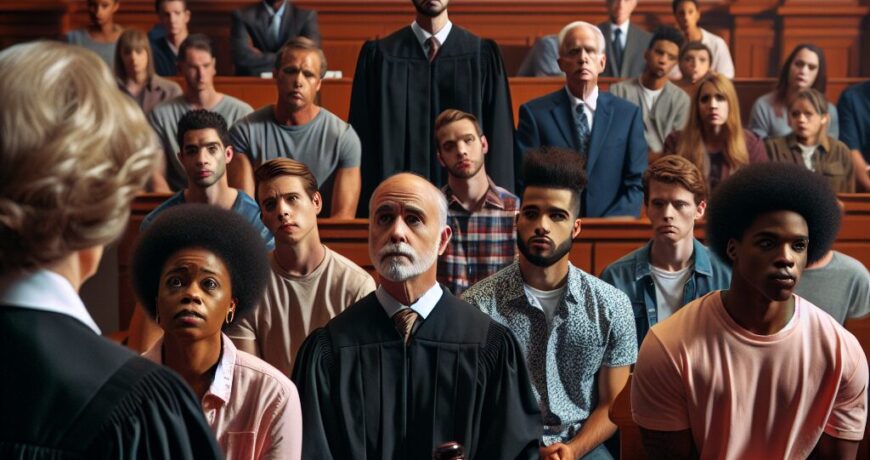Court Trial Overview
Graham Linehan’s recent legal battle has set a new benchmark in community-focused litigation. The case-centered on allegations of harassment and criminal damage-has already drawn attention from both the media and local activist groups.
The proceedings, held at Westminster Magistrates’ Court, were marked by a mix of courtroom strategy, social-media evidence, and a spirited debate about gender identity politics. As the trial progressed, the focus phrase “Court Trial” has become a shorthand for the entire legal narrative surrounding this high-profile dispute.
The Legal Context
At its core, this case examines how trans activists can be held accountable for claims of harassment and criminal damage within a community context. The prosecution alleges that Mr. Linehan posted abusive comments about Sophia Brooks on social media last October 2024, and later threw her phone in a road during a public event.
Linehan’s defense counters that his life has been “made hell” by activists, journalists, and the “misogynistic” language used by opponents. He contends that the legal proceedings are merely “the latest attempt to punish me by process.”
Key Players
- Graham Linehan – Defendant, former Father Ted co-creator.
- Sophia Brooks – Complainant, trans activist and journalist.
- Judge Briony Clarke – Presiding judge at Westminster Magistrates’ Court.
Evidence Presented in the First Day of Trial
The second day of the trial-Friday 19 October-was a critical juncture where both sides laid out their evidence. In this section we’ll walk through two core elements: the social-media posts and the phone-grab incident.
Social Media Posts & Harassment Allegations
Linehan presented a transcript of his X-platform messages, which he claims were “not merely irritating or annoying, but rather oppressive and unacceptable.” The prosecution’s key points are summarized below:
- The posts were dated 11 October 2024.
- They targeted Ms. Brooks with the terms “deeply disturbed sociopath” and “domestic terrorist.”
- Linehan asserts that these remarks caused “great misery to people” in his community.
Physical Incidents and Phone Grab
The prosecution’s evidence includes a video showing Linehan grabbing Ms. Brooks’ phone during the Battle of Ideas conference on 19 October. The court heard that the incident was “deliberately whacked,” with no intent to damage the phone but to assert his dominance in the space.
Trans Activists’ Perspective
The trans activist community has responded to Linehan’s claims and defense. Their focus on justice extends beyond the courtroom, as they argue for broader reforms in how harassment is addressed legally and socially.
Demands for Justice and Reforms
- Reform of local harassment laws to better reflect contemporary gender identity debates.
- Increased community outreach for legal education.
Community Response
The activists’ stance is amplified by media coverage, including a recent BBC article that can be read at this link. They argue that the court’s decision will influence how future cases are handled.
Legal Strategies and Tactics
The case has been approached in two distinct phases: a defense strategy to counter accusations, and a cross-examination phase designed to sharpen the focus of evidence. Each phase is built on a solid understanding of “Court Trial” dynamics.
Defense Arguments
- Linehan’s claim that he was “relentlessly” posted abusive comments.
- He argues that his life has been “made hell” by activists and journalists.
- He counters the prosecutor’s allegations with evidence of intent, timing, and impact.
Cross-Examination Techniques
The cross-examination portion of the trial was marked by a series of interrogations. The defense questioned why the prosecution believed Ms. Brooks was “female” versus “male,” and examined the court’s call for a break after the heat had risen.
The Verdict and Next Steps
The case is adjourned until 29 October, with Mr. Linehan released on bail. The next step is to analyze the verdict, anticipate legal outcomes, and mobilize community action.
What to Expect After Adjudication
- Review of evidence collected during the trial.
- Examination of the court’s ruling on “Court Trial” matters.
Call to Action
We invite readers to follow our coverage, contact us at support@zmsn.app for updates, and join the conversation about how this Court Trial can shape future legal practice.
